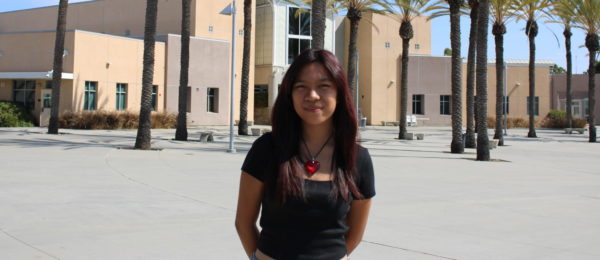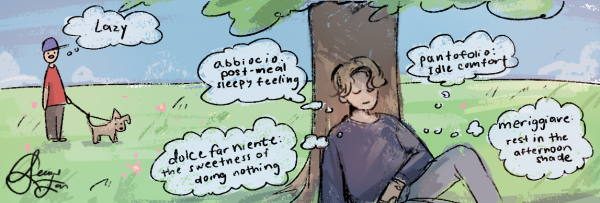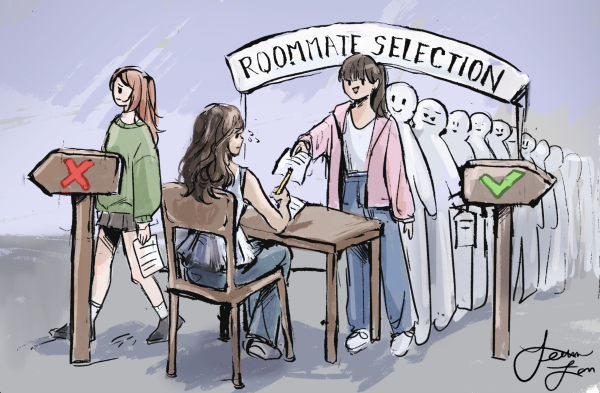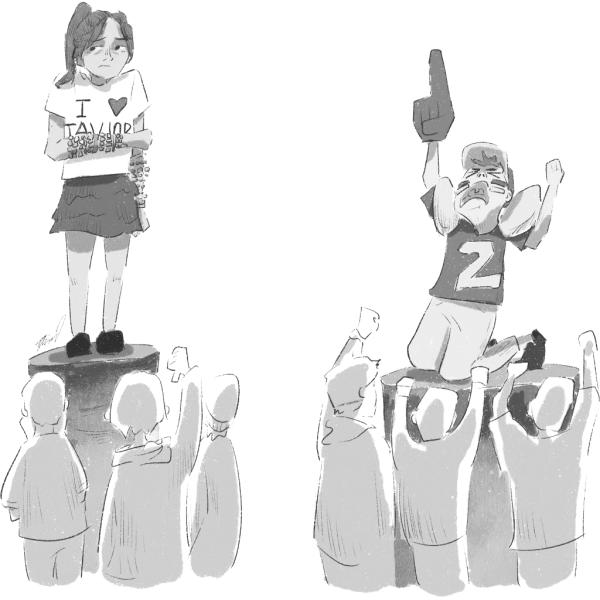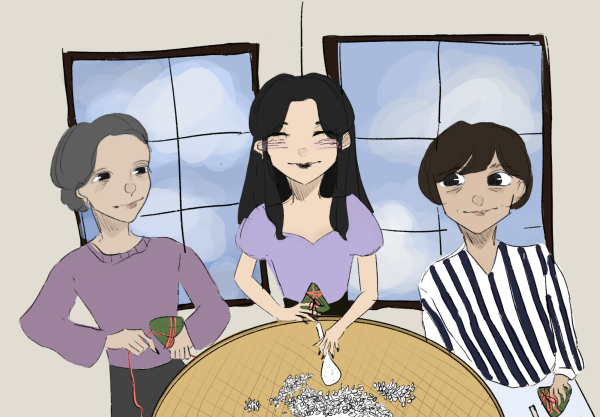POC representation is crucial to children’s confidence
October 14, 2022
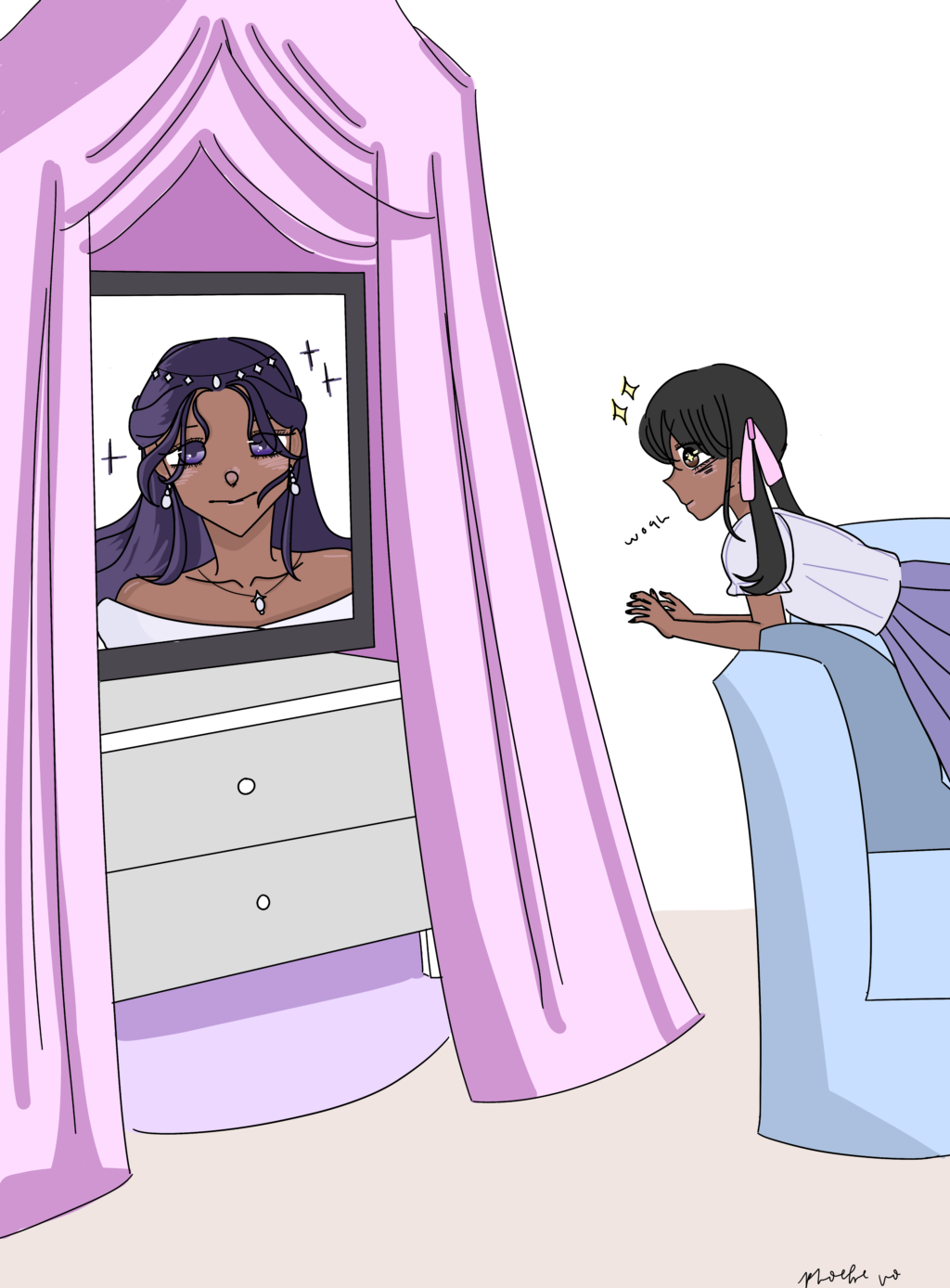
Growing up, I loved the Disney princess. They captured everything that I wanted to be when I grew up—intelligent, gracious, kind, beautiful—but I could not see myself in them. Granted, there were a few non-white princesses: Tiana, Mulan, Jasmine, and Pocahontas. Yet in each of their stories, their racial and ethnic backgrounds were focal to their character. None of them received the traditional, princess story that are revered as classics in pop culture. It felt as though white princesses were the default, and every other race was othered. As a kid, I was fortunate to be surrounded by Filipino culture and influences at home, but I never got the same experience in the media I consumed. As I got older, this caused me to yearn for any type of representation in the media.
Recently, more and more actresses of color have been cast as princesses in live action Disney movie remakes. It was recently announced that Afro-Filipino actress and musician H.E.R. (Gabriella Sarmiento Wilson) will be starring as Belle in a remake of Beauty and the Beast. Similarly, Columbian-Polish actress Rachel Zegler will be playing Snow White in the live action remake coming out in 2024. The most relevant announcement made was about The Little Mermaid remake, which sparked controversy on social media, as critics claim that Halle Bailey’s race is “inaccurate” and “disrespectful” to the original story. Yet there is no “correct” portrayal of this story because nowhere in the story is Ariel’s race relevant to her character. Others have criticized Disney for remaking old stories as opposed to creating new stories for them, and while new, more modern Disney princesses would be beneficial for younger generations, it is also important that children of all races can see themselves in their favorite existing princesses. Especially with the notable impact that the original Disney princesses have had on pop culture, I would hope that a little girl living in this day and age would be able to feel more seen and represented than I did when I was growing up.
It isn’t just kids who benefit from diverse media representation either. I know if I had grown up seeing more princesses of color, I would have been more appreciative and accepting of my own tanner skin tone. Now, with the increasing number of people of color represented in the media, I am starting to have a more positive view of my skin. Growing up in Filipino culture, it was often expressed that being lighter is better, and being exposed to predominantly white main characters in media creates and shapes this mindset. As of late, Disney has been exceptionally progressive about the production of more films with main characters of color. The recreation of these classic stories acts as an indication of a step in the right direction toward better opportunities and representation for a more diverse audience.


